Wellington’s Dutch Masterpieces at Apsley House

Arthur Wellesley, the first Duke of Wellington (1769-1852), will forever be etched into the annals of history as the vanquisher of Napoleon Bonaparte at Waterloo. The Iron Duke’s London home, Apsley House at Hyde Park Corner, has long stood as a totemic reminder of this most lionised of British soldier and politician’s achievements. Public visitors predictably find the great man’s military uniforms, batons of marshaldom and sabres on display. What emerges perhaps more surprisingly is Wellington’s keen eye for a work of art. His walls boast canvases by Velázquez, Correggio, Goya and Sir Thomas Lawrence, not to mention an outrageously aggrandising statue of Bonaparte as Mars by Canova that stands like a sentinel at the foot of the Anglo-Irishman’s spiral stairway. This year, Apsley House brings together 18 superb 17th-century Dutch paintings collected by the Duke for an impressive rehang in the Hyde Park-based residence’s Piccadilly Drawing Room. Dr Teresa Posada Kubissa, formerly Head of the Department of Dutch Painting at the Prado in Madrid, has curated the exhibition.
Evidently, Britain’s military hero had a liking for Dutch genre paintings and landscapes and their sense of earthy realism. This gathering of works, purchased after the Battle of Waterloo between 1816 and 1818 from three Parisienne auctions, reveals him to be very much in tune with his country’s 19th-century taste for art from the Netherlands. There is technical excellence aplenty on show here and engaging narratives, often laced with humour. Featured paintings by Nicolaes Maes (1634-1693), Pieter de Hooch (1629-1684) and Jan Steen (1626- 1679) are rich in hidden symbolism.
Frequently lively to the point of chaos and bursting with bacchanalian merrymaking, Jan Steen’s paintings warn against the dangers of indulgence and excess. Wellington’s most costly acquisition here, Steen’s riotous The Wedding Party (1667), set him back the then not inconsiderable sum of £472. Simultaneously summoning thoughts of Hogarth and Punch, the image is packed with detail. For all his allegorical evocations of societal intemperance, the artist’s approach is always playful. Such is the revelry of the occasion that the newlyweds – identifiable by their crowns of flowers – almost disappear into the back of the tavern. One male guest, all inhibitions banished by drink, clambers onto a table, waving his cap in the air. In the centre, a woman wears a saucepan on her head, one hand holding a large spoon, embodying greed. Right in the foreground, our eyes meet a laughing character grasping a hearty ale, widely believed to be the artist slotting himself into the action.
Another Steen work on display, The egg dance: peasants merrymaking in an inn (1670), depicts another rowdy party, the focal point being a group of revellers playing “the egg dance”, a game where competitors were challenged to dance without cracking eggs placed on the floor. Amongst the flirtatious canoodling, boozing and morally transgressive behaviour, a small child features at the front as if to heighten the sense of the merrymakers neglecting their duties as responsible adults.
Elsewhere, one finds another work humorously casting a critical eye over the notion of the pursuit of pleasure being prioritised over duty. In Nicholas Maes’s The Eavesdropper (1655-56), the mistress of a house – identified by the keys attached to her waist – meets our gaze with a knowing smile as she creeps downstairs. With her finger held to her lips, she implores us not to reveal her presence. In the next room, a young servant neglects her childminding responsibilities, distracted by the amorous embrace of her lover leaning over a window. We are drawn into the narrative and urged to choose between industry and idleness.
Peter de Hooch’s The Musical Party (1675) depicts a social occasion in an elegant interior. Upon inspection, one realises there is solely one musician, a cellist and two singers in a room of a dozen people. Here, musical instruments and the co-participation in musical performances are allegorically suggestive of harmony and romantic desire. The artist’s dramatic usage of light envelops the composition in shadow save for the performers, conveying a sensuality further accentuated by curtains bathed in scarlet. There’s even an illuminated bed in the room’s corner to lay on the romantic overtones with a trowel and a curtain caught by the wind as if to conjure the fluttering of heart strings.
The Iron Duke’s interest in Dutch Golden Age painting is seen to extend to landscapes and cityscapes such as Jan van der Hayden’s Architectural Fantasy, with the Old Town Hall, Amsterdam (1660s). This imaginative vision combines buildings from different parts of the Dutch capital, apparently imbuing the streets with a sense of order they lacked at the time. Ludolf Bakhuizen’s Soldiers of the Dutch East India Company embarking at the Montelbaans Tower, Amsterdam (1685) depicts representatives of the Vereenigde Oostindische Compagnie (to use their Dutch name) being seen off by a sizeable crowd before setting sail on their biannual voyage to Asia.
There is plenty to enjoy here in this comparatively small but perfectly formed exhibition. From the playful skewering of human behaviour on show to the artists’ uncanny ability to render light, texture and detail, it comes as no surprise to learn that the first Duke of Wellington was regularly asked to loan out items from his collection during his lifetime. Insightful of a bygone era and yet ever relevant today, the moral and social commentaries woven into the works promise to both entertain and intrigue.
James White
Photo: Christopher Ison
Wellington’s Dutch Masterpieces is at Apsley House from 2nd April until 2nd December 2025. For further information or to book visit the exhibition’s website here.

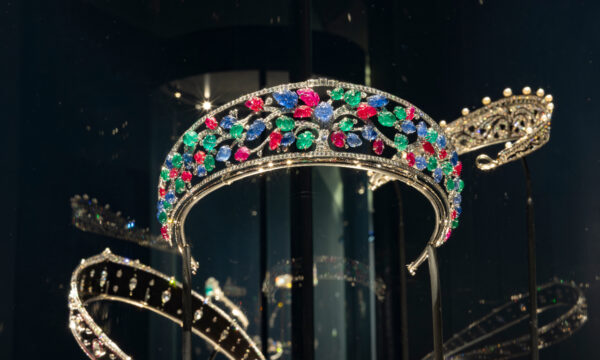

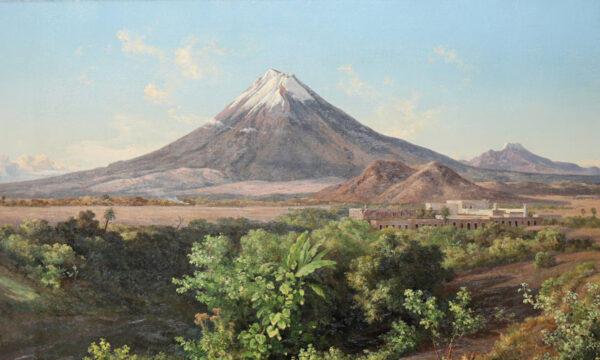
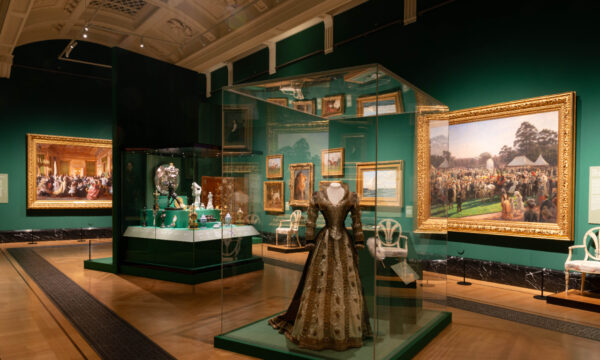
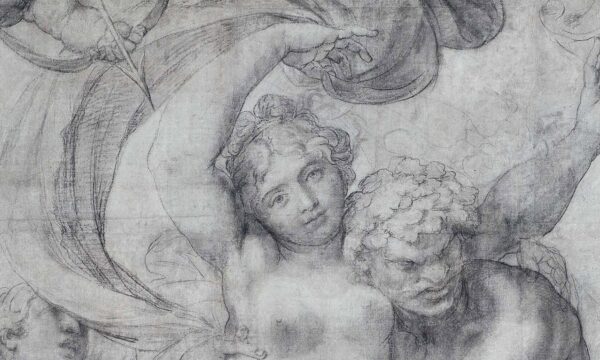
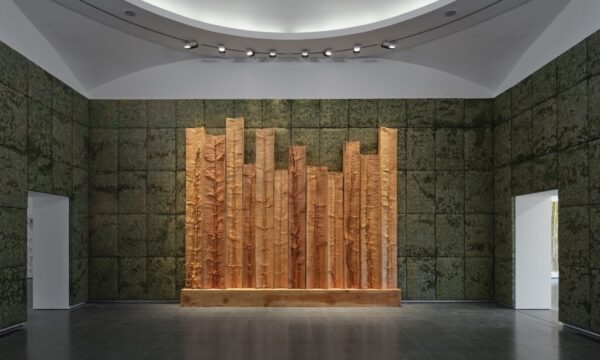
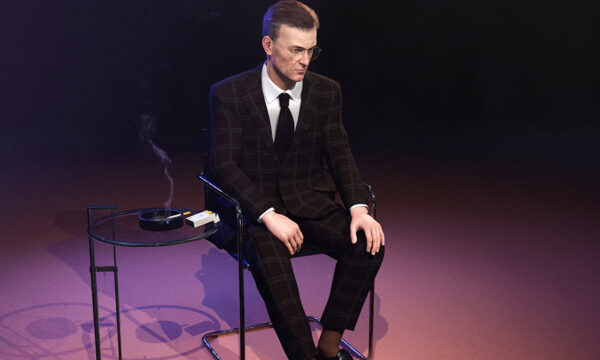
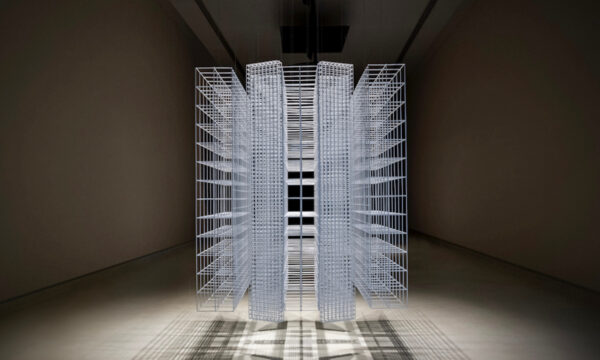
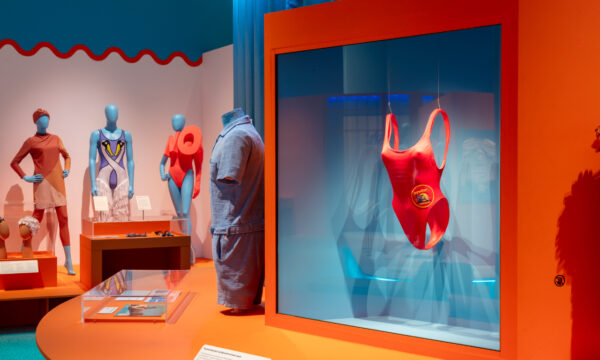
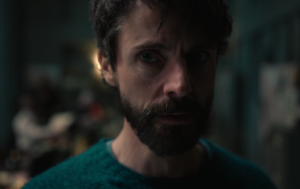
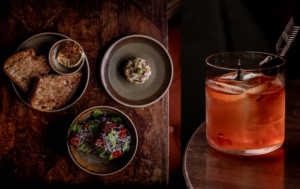
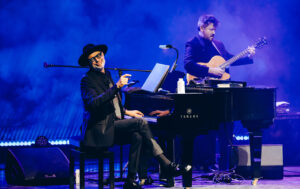
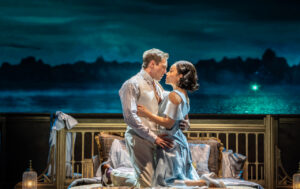
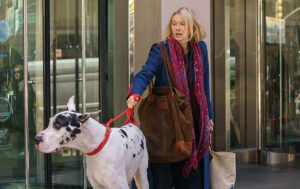
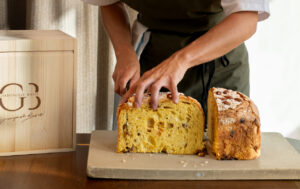

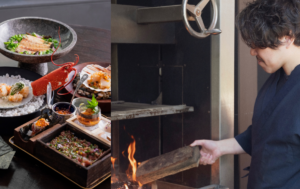



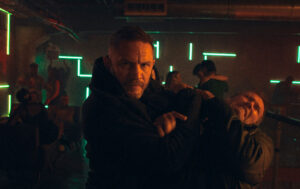
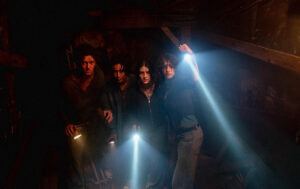
Facebook
Twitter
Instagram
YouTube
RSS